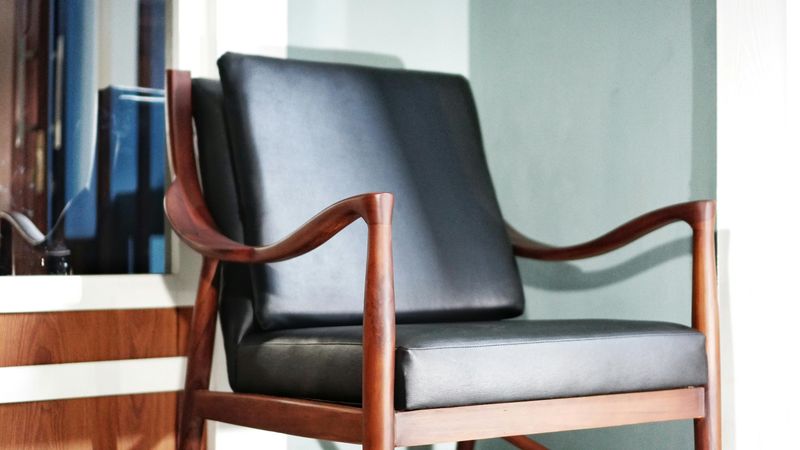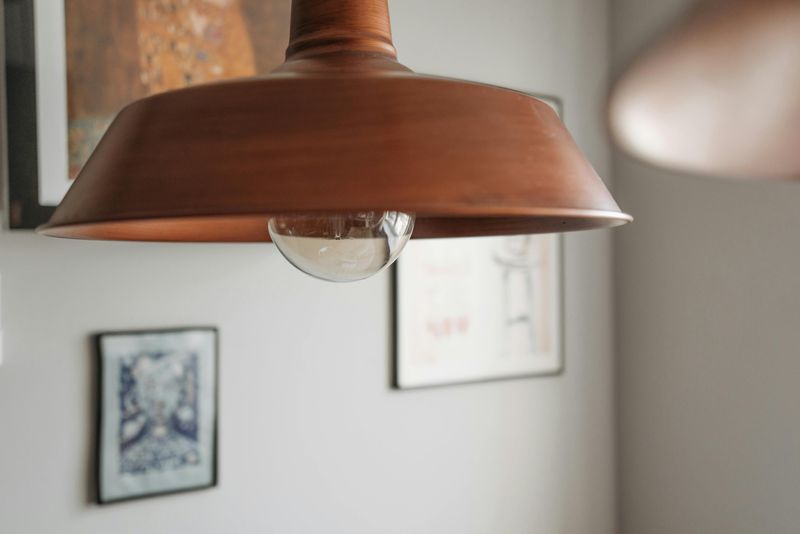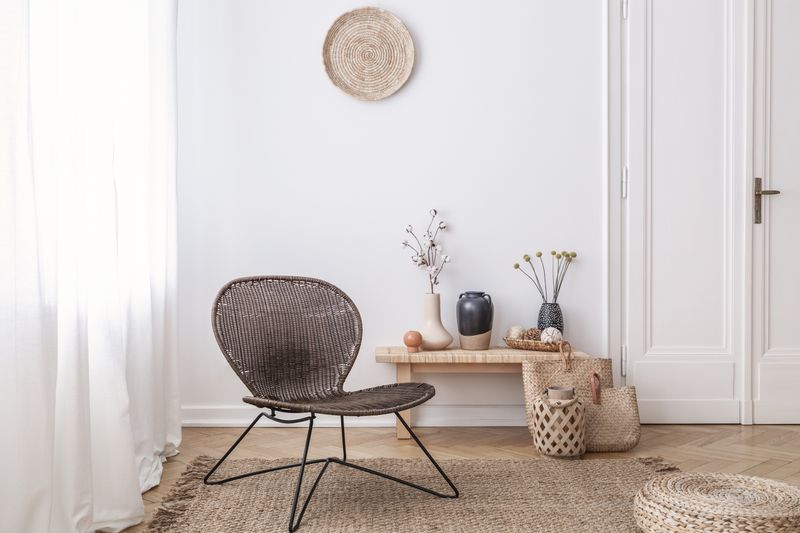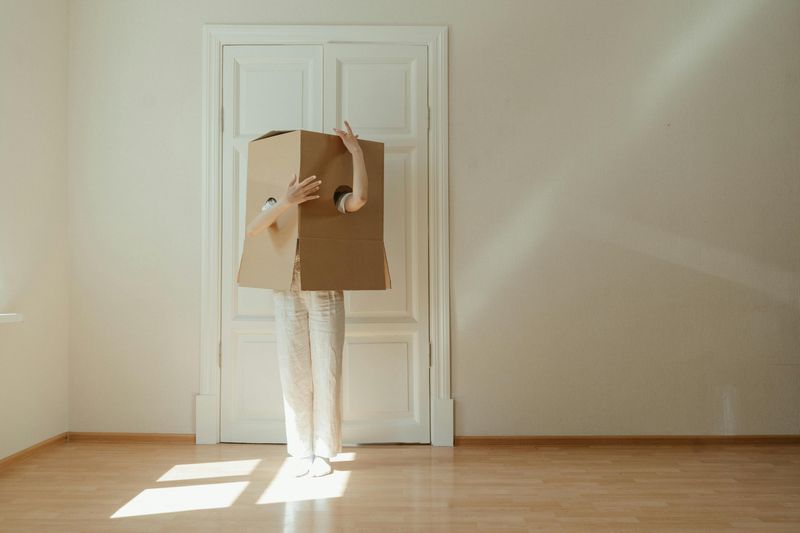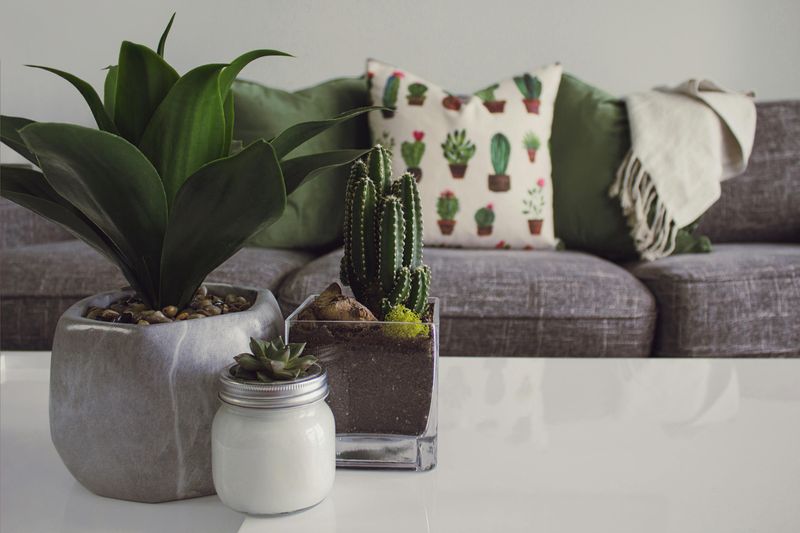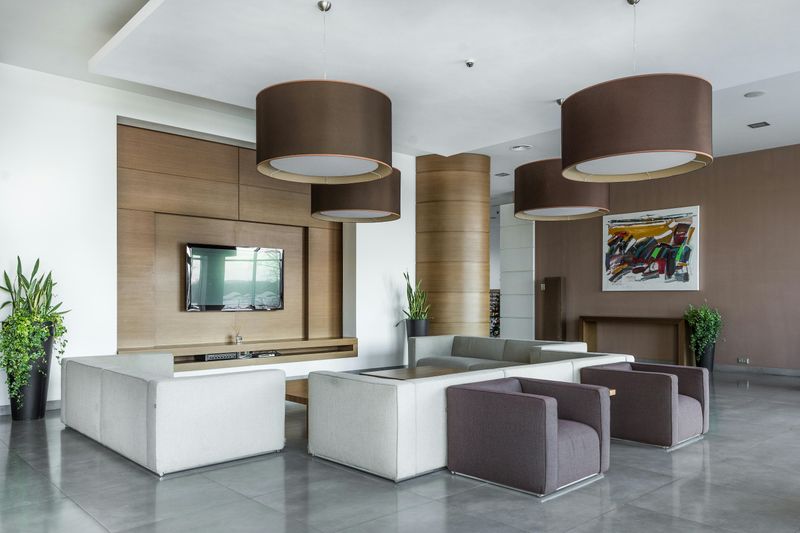Minimalist design has stood the test of time because it focuses on what truly matters – simplicity, function, and beauty without excess. By removing clutter and embracing clean lines, minimalist spaces create a sense of calm that many of us crave in our busy lives. Whether you’re redecorating your entire home or just refreshing a room, these timeless minimalist ideas will help you create spaces that feel both modern and enduring.
1. Neutral Color Palettes
Whites, beiges, grays, and blacks form the backbone of minimalist design that remains eternally fresh. These colors create a clean canvas that allows architectural details and carefully chosen furnishings to shine without competition.
The beauty of neutral colors lies in their versatility – they work with any style and can be easily updated with small pops of color when you want a change. Natural materials like wood or stone add warmth and texture to prevent neutral spaces from feeling cold.
For a truly timeless look, stick to colors found in nature rather than trending shades that might feel dated in a few years.
2. Quality Over Quantity
Investing in fewer, better-made pieces stands at the heart of minimalist philosophy. One beautifully crafted chair makes more impact than several mediocre ones crowding your space.
Well-made furniture often features clean lines, thoughtful proportions, and superior materials that age gracefully. These investment pieces become more valuable over time, both financially and emotionally. They tell stories through their patina and craftsmanship.
Before bringing something new home, ask yourself: “Will I still love this in ten years?” If the answer is yes, you’ve found something worthy of your minimalist space.
3. Hidden Storage Solutions
Smart storage transforms cluttered chaos into serene simplicity. Built-in cabinets that blend with walls, furniture with hidden compartments, and floating shelves all maintain visual calm while keeping essentials within reach.
The magic happens when storage disappears into architecture. Think recessed shelving, under-stair drawers, or furniture that serves multiple purposes. Even the most organized homes have stuff – minimalism just means finding homes for those items that don’t disrupt visual peace.
Remember that empty space inside cabinets is just as important as empty space in rooms – avoid the temptation to fill every storage area to capacity.
4. Statement Lighting
A single, sculptural light fixture often provides the perfect focal point in minimalist rooms. Against simple backgrounds, lighting becomes functional art that draws the eye and creates atmosphere without adding clutter.
Look for fixtures with clean geometry, interesting materials, or unexpected scale. The best minimalist lighting makes a statement through form rather than decoration. During daylight hours, these pieces remain sculptural elements that complement your space.
For truly timeless appeal, choose designs that reference classic shapes but feel contemporary – pendant lights with simple spheres, cylinders, or geometric forms have remained stylish for decades.
5. Natural Materials
Wood, stone, linen, and wool bring warmth and soul to minimalist spaces that might otherwise feel cold. These materials connect us to nature and ground spaces with their authentic textures and imperfections.
Unlike synthetic alternatives, natural materials develop character over time. A wooden table gains a patina from family meals, while stone countertops tell stories through their unique veining patterns. Each material brings its own sensory experience – the coolness of marble, the warmth of wood.
Mixing several natural elements creates depth without requiring additional decorative items, perfectly aligning with minimalist principles of beauty through simplicity.
6. Intentional Negative Space
Empty space isn’t wasted space in minimalist design – it’s an essential ingredient that gives eyes and minds room to rest. Bare walls, open countertops, and furniture arrangements with breathing room create visual calm.
The Japanese concept of “ma” celebrates the powerful intervals between objects. This intentional emptiness highlights what remains and creates rhythm in your space. Think of negative space as framing the things you love rather than as areas waiting to be filled.
Start by clearing surfaces completely, then return only what serves a purpose or brings genuine joy. You’ll likely find that less than half needs to come back.
7. Multipurpose Furniture
Furniture that serves multiple functions embodies minimalist efficiency at its best. Sofa beds, extendable dining tables, and nesting tables prove that fewer pieces can meet more needs when thoughtfully designed.
Modern classics like storage ottomans that work as coffee tables, seating, and hidden storage demonstrate how smart design eliminates the need for multiple pieces. The key is choosing items that perform their various functions equally well, rather than compromising on any single use.
Beyond saving space, multipurpose furniture often encourages more flexible living, allowing rooms to transform based on activities rather than remaining static in their functions.
8. Unified Hardware
Cabinet pulls, doorknobs, and faucets might seem like small details, but when coordinated throughout a space, they create visual harmony that’s subtly powerful. These metal elements become like jewelry for your home – small but impactful.
Hardware with simple forms in finishes like brushed nickel, matte black, or unlacquered brass ages beautifully and resists looking dated. Consistency doesn’t mean everything must match exactly. A family of related finishes can work together while adding subtle interest.
For ultimate minimalism, consider handleless cabinets with push-open mechanisms or recessed pulls that disappear into the design completely.
9. Indoor Plants
Living greenery brings vital energy to minimalist spaces without disrupting their calm aesthetic. Plants add organic shapes and movement that balance the straight lines typical in minimalist design.
Large statement plants like fiddle leaf figs or rubber plants make strong architectural statements while requiring minimal care. For smaller spaces, trailing pothos or compact succulents bring life to shelves and countertops without demanding attention. The pots matter too – choose simple vessels in materials that complement your overall palette.
Beyond their visual appeal, plants improve air quality and wellbeing, making them functional elements that serve multiple purposes in keeping with minimalist philosophy.
10. Thoughtful Art Selection
One perfect piece of art can define a room more powerfully than multiple smaller works. Minimalist spaces often feature a single large-scale photograph, painting, or textile that creates focus without competing elements.
The breathing room around artwork matters as much as the piece itself. Generous wall space frames the art and allows it to command attention naturally. Black and white photography, abstract paintings with limited color palettes, and pieces with strong geometric elements complement minimalist interiors particularly well.
Rather than decorating with art, think of curating pieces that truly move you. Quality and personal connection matter more than quantity or matching your sofa.


